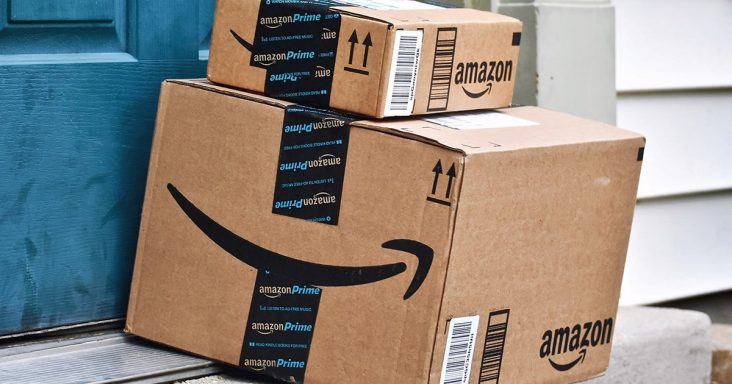Amazon again edges out Walmart as lowest cost online retailer
by November 30, 2022 3:30 pm 2,310 views

Walmart may claim to be the low-cost leader on food and consumables. Still, a recent study of e-commerce prices in 15 major categories from July 11 to Oct. 2 found Amazon has the lowest online prices when measured against 13 U.S. retailers, including Walmart and Target.
Profitero compared the everyday online prices on nearly 15,000 items in the study and found Amazon had the lowest online prices that were, on average, 13% below competitors. The study found that online competition for typical holiday gift categories was close, with retailers such as Walmart, The Home Depot and Nordstrom coming within 2% to 5% of Amazon’s prices and pet retailer Chewy matching Amazon’s prices exactly for pet supplies. But Amazon blew its rivals away when it came to video games and electronics, according to Mike Black, chief marketing officer at Profitero.
“This is the sixth year in a row Amazon has had the lowest online prices in the U.S. and third year in a row in the U.K.,’ Black said. “It’s a testament to their sophisticated price matching technology as well as their bulldog toughness when negotiating with suppliers on cost.”
Profitero found Amazon’s prices were 6% less expensive than Walmart’s and 16% cheaper than the same products at Target. Black said Target has narrowed the price gap with Amazon since last year in eight of the 15 categories. Target’s most competitive category with Amazon was beauty, with a 6% price difference, narrowing from 26% a year ago. Target also maintained its 6% price difference in toys. Target’s price gaps with Amazon were 19% in health & personal care last year, narrowing to 14% this year. Target’s Vitamin & supplement price gaps also narrowed to 17%, down from 22% a year ago.
Target has been able to command premium prices due to its brand and exclusive assortment. Data from this year’s study suggests that Target’s prices are starting to give way a bit as consumer spending starts to cool, Black noted in the study.
In comparing Amazon prices with Walmart, it was the beauty and toy categories where the price gap narrowed to 3%. Walmart was 5% more expensive than Amazon in small appliances and 9% more pricey than Amazon in electronics. Home Depot also was also 9% more expensive than Amazon on electronics, tying Walmart with the second most competitive against Amazon in that category.
Walmart’s baby category items were 4% more expensive than Amazon, compared to 7% for Target’s baby category prices when compared against Amazon. This year’s report also showed Walmart grocery category prices to be 2% more expensive than Amazon. Walmart’s online fashion prices were 12% more costly than Amazon’s and also 1% more expensive than Target’s. Pet category prices at Walmart were 5% more expensive than Amazon and Chewy, which tied for the lowest pet prices this year.
When comparing the price study this year with last, Profitero found Walmart lost some ground with its pricing competitiveness against Amazon. Overall in 2021, Walmart had a 5% price gap against Amazon among all categories. In 2022, Walmart also lost ground in fashion, tools & home improvement, in addition to wider pricing gaps in electronic and video games.
Other retailers in the study that showed price competitiveness against Amazon included Home Depot, with 7% price gaps in sports & outdoors and 5% price gaps in tools & home improvement. Overall, Home Depot’s prices were 10% more expensive than Amazon’s. Chewy was the only retailer to be on par with Amazon in the pets category.
Retailers that did not show price competitiveness against Amazon in the categories in which they compete include CVS, whose prices on beauty, health and vitamins averaged 51% more expensive, and Walgreens, which had prices 27% more costly in those categories. Macy’s online prices in appliances, fashion, home furniture and toys averaged 38% more expensive than Amazon’s. Wayfair’s furniture prices were 37% more expensive than Amazon’s.
Black said as consumers cut spending due to inflation, especially in discretionary categories most popular during the holidays, it will be interesting to see if Amazon can translate low prices into more sales versus rivals. The pressure to maximize budgets means that consumers will be more likely to seek deals and discounts from retailers. According to a recent McKinsey study, more than one-third of consumers said they were switching retailers for lower prices or discounts due to the higher cost of living.
